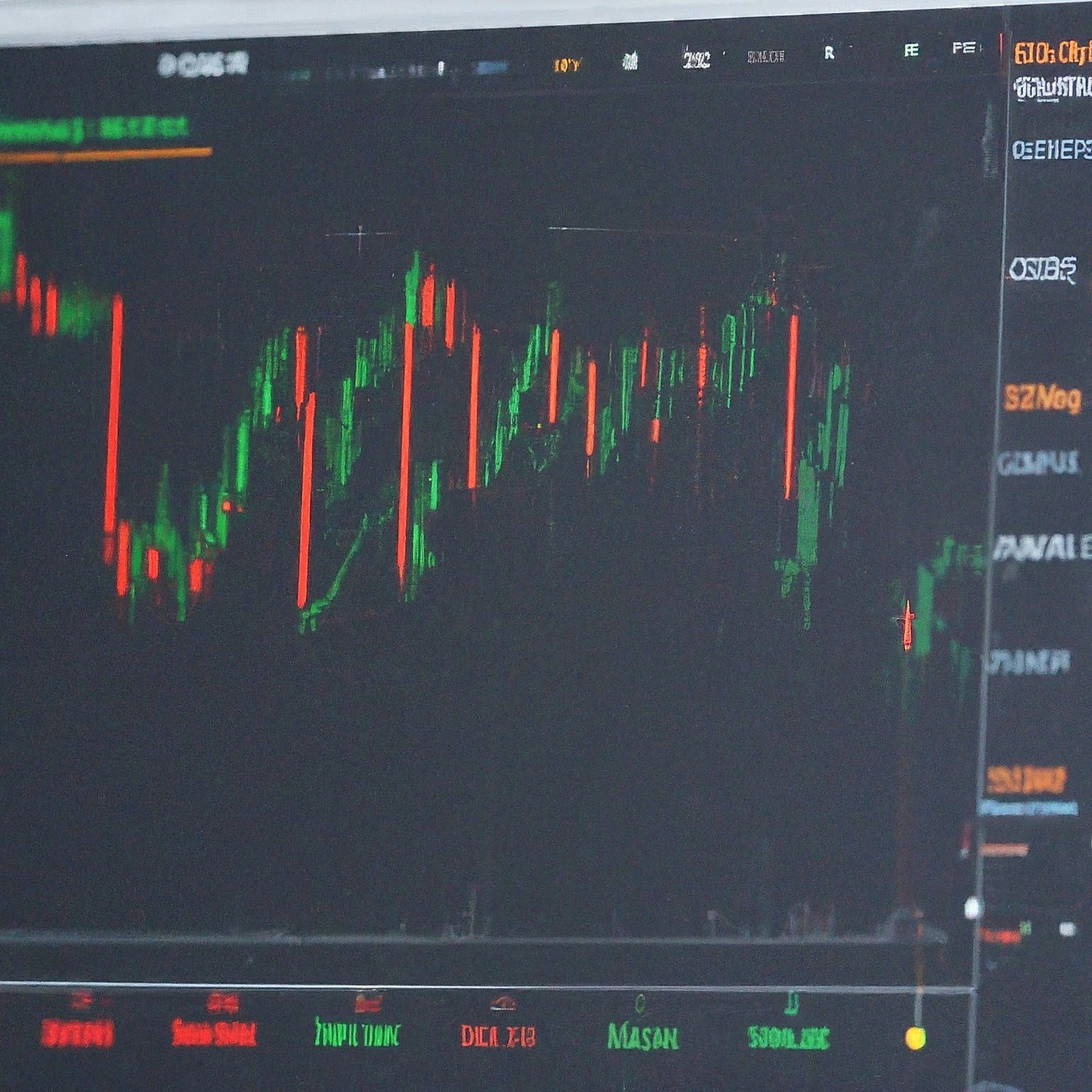Using RSI to Spot Overbought and Oversold Levels
The Relative Strength Index (RSI) is one of the most popular and widely used technical analysis tools for traders and investors looking to gauge market momentum and identify potential reversals. Developed by J. Welles Wilder in 1978, the RSI is a momentum oscillator that measures the speed and change of price movements. It operates on a scale from 0 to 100, making it an ideal indicator for identifying overbought and oversold conditions. Understanding how to interpret RSI can significantly enhance trading strategies by providing timely signals for entering and exiting trades.
What is the Relative Strength Index (RSI)?
The RSI is calculated using a formula that compares the magnitude of recent gains to recent losses to determine the speed and change of price movements. The formula is expressed as:
RSI = 100 − (100/(1+RS))
where RS (Relative Strength) is the average of ‘x’ days’ up closes divided by the average of ‘x’ days’ down closes. Typically, the period used for this calculation is 14 days, although this can be adjusted to suit different trading styles and time frames.
Interpreting RSI Values
Overbought Condition: Traditionally, RSI values over 70 indicate that a security is becoming overbought or overvalued and may be primed for a trend reversal or corrective pullback in price.
Oversold Condition: An RSI reading below 30 suggests that a security is oversold or undervalued, which could indicate an impending upward move.
These thresholds can be adjusted based on the security’s volatility and the trader’s risk tolerance. For instance, thresholds of 80 and 20 are sometimes used for more volatile securities.
Trading Strategies Using RSI
1. Basic Overbought and Oversold Trades
A straightforward way to use RSI is to buy when the indicator moves out of the oversold zone (crossing above 30) and to sell when it moves out of the overbought zone (crossing below 70). This method tends to work best in a ranging market where the price is oscillating between support and resistance levels.
2. Divergence Trading
A more sophisticated use of the RSI is in spotting divergences between the RSI line and the price action. A bullish divergence occurs when the price makes a lower low, but the RSI makes a higher low, suggesting weakening downward momentum. Conversely, a bearish divergence happens when the price records a higher high, but the RSI forms a lower high, indicating fading upward momentum. These divergences can often precede a significant price reversal.
3. Failure Swings
Wilder also proposed the concept of “failure swings” within the RSI framework. A bullish failure swing forms when the RSI enters the oversold region (below 30), rebounds above 30, pulls back but stays above 30, and then breaks its prior rebound high. This swing indicates a potential upward price move. Similarly, a bearish failure swing occurs when the RSI reaches the overbought zone (above 70), falls below 70, rallies but remains below 70, and then breaks its prior low, suggesting a potential downward price move.
Integrating RSI with Other Technical Tools
While RSI is powerful on its own, its effectiveness increases when used in conjunction with other technical analysis tools. For instance:
Moving Averages: Combining RSI with moving averages can help confirm trend directions. For example, one might look for RSI signals that align with a moving average crossover.
Support and Resistance Levels: Identifying key price levels alongside RSI readings can enhance decision-making. For example, an RSI pullback from an overbought condition at a known resistance level might provide a high-probability short entry point.
Volume Indicators: Volume can confirm or refute the signals given by the RSI. For instance, an oversold RSI signal accompanied by high buying volume might suggest a strong upward reversal.
Practical Considerations and Limitations
While RSI is a valuable tool for traders, it is not without its limitations. The indicator can remain in overbought or oversold territory for extended periods during strong trends, leading to premature and potentially unprofitable trading signals. Additionally, the default settings might not be optimal for all types of securities or market conditions, so customization and continuous adaptation are crucial.
Conclusion
The Relative Strength Index is a versatile tool that, when used correctly, can help traders identify potential entry and exit points based on overbought and oversold levels. However, like all technical analysis tools, it is most effective when used as part of a comprehensive trading plan that includes risk management and considers market conditions and other technical factors. By combining RSI with other indicators and adapting its settings to fit the security and market environment, traders can enhance their trading strategy’s robustness and their potential for success in the markets.

No Responses